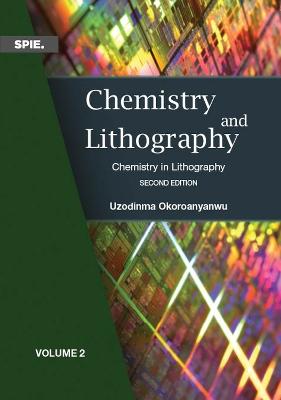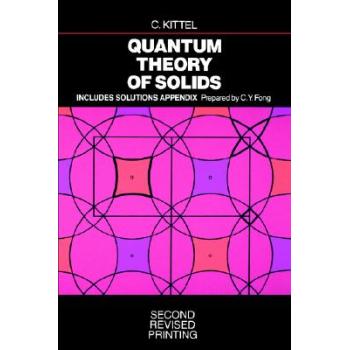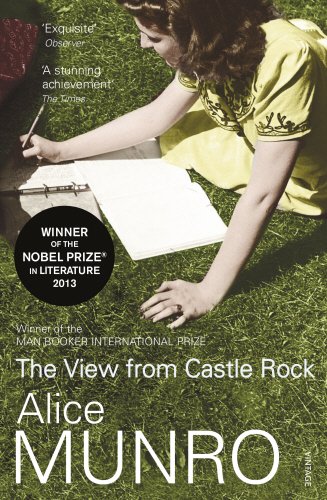
Chemistry and Lithography, Second Edition, Vol. 2: Chemistry in Lithography
化学与光刻,*版,卷2:光刻化学
化学工程基础学科售 价:
¥
1031.00
发货周期:国外库房发货,通常付款后3-5周到货!
出 版 社
出版时间
2023年08月01日
装 帧
平装
页 码
830
语 种
英文
版 次
2nd ed.
综合评分
暂无评分
- 图书详情
- 目次
- 买家须知
- 书评(0)
- 权威书评(0)
图书简介
Chemistry and Lithography (2010). This volume explores the chemical basis of lithography, with the goal of deconstructing lithography into its essential chemical principles and to situate its various aspects in specific fields of chemistry. It is organized in five parts, comprising: lithographic process chemistry, lithographic materials chemistry, lithographic photo- and radiation chemistry, chemistry of lithographic imaging mechanisms, and lithographic process-induced chemistry.With the successful implementation of EUV lithography in manufacturing at the 10-nm and 7-nm technology nodes, patterning challenges have shifted from resolution to mostly noise and sensitivity. This is a regime where the resist suffers from increased stochastic variation and the attendant effects of shot noise―a consequence of the discrete nature of photons, which, at very low number per exposure pixel, show increased variability in the response of the resist relative to its mean. Noise in this instance is the natural variation in lithographic pattern placement, shape, and size. It causes line edge roughness, line width variation, and stochastic defects.Ultimately, these patterning issues have their origin in the materials used in lithography. Chemistry underpins the essence, functions, and properties of these materials. We therefore examine in the second volume of the present edition the role of stochastics in EUV lithography in far greater detail than we did in the first edition. Equally significant, the book develops a chemistry and lithography interaction matrix, which is used as a device to explore how various aspects and practices of photolithography (or optical lithography), electron-beam lithography, ion-beam lithography, EUV lithography, imprint lithography, directed self-assembly lithography, and proximal probe lithography derive from established chemical principles and phenomena. (来源*.co.uk)
本书暂无推荐
本书暂无推荐















